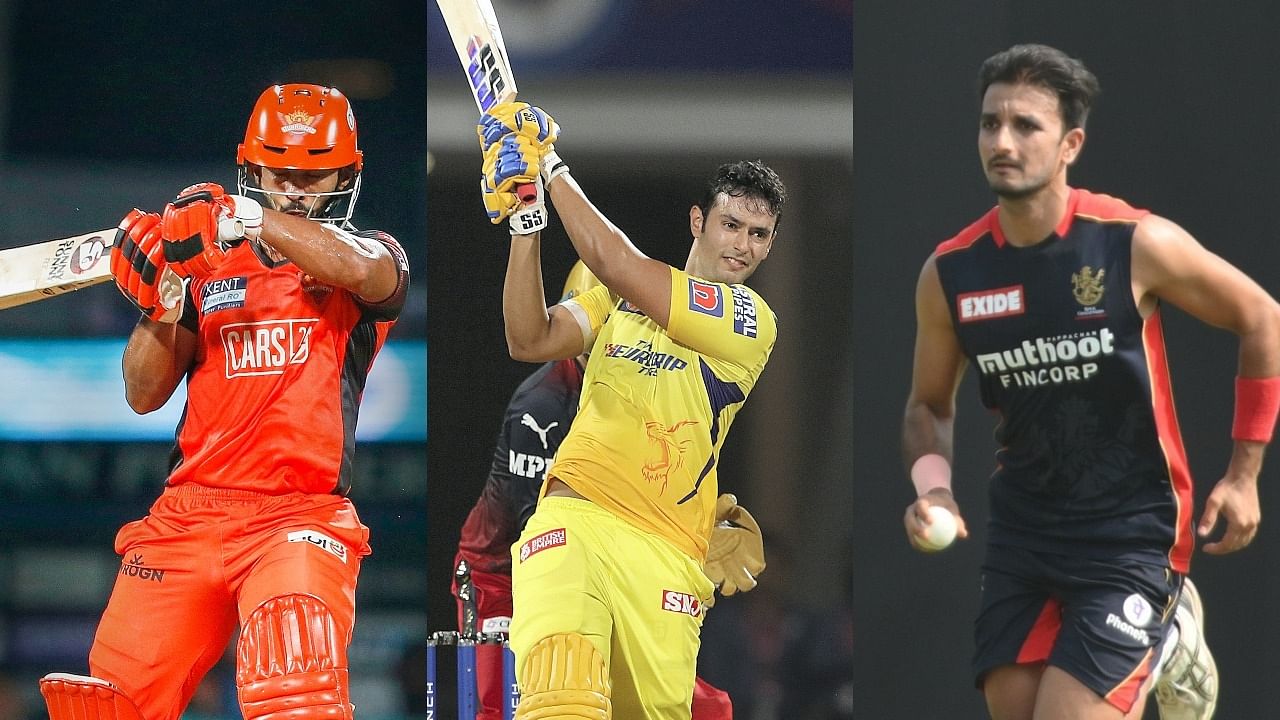
During the Gujarat Titans vs Lucknow Super Giants clash last month, Rahul Tewatia, who was set and is an accomplished hitter of the cricket ball, refused a single off the last ball of the 19th over, allowing IPL debutant Abhinav Manohar take strike at the start of the final over with 11 needed for victory. 11 off 6 is not a big ask by T20 standards but trusting a rookie to do the job on such a big stage forced the commentators to question Tewatia’s cricketing sense. Much to their embarrassment, Abhinav carted the first two balls for fours, betraying few nerves. The game was sealed as a contest in the first two deliveries and all that the commentators, who one would expect to know better than the common fan, had to say was, “Well, Tewatia knew something that we didn’t (know about Abhinav).”
A few days later, Sunrisers Hyderabad, after losing the first two matches, had built a small momentum for themselves with two consecutive wins when Kolkata Knight Riders appeared set to end that run. Chasing a tricky 176-run target, SRH had slipped to 39/2 with their in-from openers - Abhishek Sharma and skipper Kane Williamson - back in the dugout. SRH’s previous two wins had come on the back of healthy partnerships at the top of the order in relatively small chases, and the onus now was on the middle-order to get the job done. Rahul Tripathi put his hand up and plundered his way to a 37-ball 71 (4x4, 6x6) to take the wind out of his former team’s sails. With Aiden Markram coming good, SRH eventually crossed the line without much fuss. But Tripathi was the talk of the town. Even though he has been around the IPL circuit for quite some time and played some inspiring knocks, this innings still made people raise their eyebrows in astonishment. It was clearly not a flash in the pan, yet it made people wonder, “Tripathi? Seriously?!”
This, in a way, is akin to questioning his abilities despite a proven track record. Tripathi’s former KKR team-mate Nitish Rana falls in the same category, as does Lalit Yadav of Delhi Capitals. Or Shahbaz Ahmed and Harshal Patel of RCB, Varun Chakravarthy and Venkatesh Iyer of KKR, Abdul Samad of SRH, K Gowtham of Lucknow Super Giants, Shivam Dube of Chennai Super Kings and many more. They are picked in the auction for a reason. There are dozens of IPL scouts who visit every nook and cranny of the country looking for talent of this nature, given the mandate that no less than seven Indians have to be part of the playing XI.
The scouts attend various state and BCCI tournaments and conduct trials before listing potential picks at the auction. Of course, the price some players get on occasion defies logic but that again comes down to the dynamics of a particular auction. What is undeniable, though, is that these players are picked because the franchises believe they belong. Most of these cricketers will be restricted to the IPL, while a few of them may represent India in a series or two but will largely remain journeymen cricketers. But without these men, the IPL will not be the same. They are as essential to the success and charm of the tournament as the Kohlis, Dhonis, Rohits, Rahuls, Gayles and de Villiers’. If anything, they should be celebrated as much as the superstars of the game.
Decent run
Their success rate, or the lack of it, is the primary reason why most of these cricketers don’t graduate to the Indian team or don’t earn a decent run with the national side even if they do make the next step up. This is more so with batsmen than bowlers. There has been no precedent of a Tewatia or a Tripathi constantly stacking up runs upwards of 500 or 600 runs a season, but 300-plus they weigh in with can be a crucial factor in a team enjoying a successful campaign.
So, what goes into the making of such players?
Every cricketer worth his salt wants to play for India. This fact will never change but the IPL has provided these cricketers a short cut of sorts to big money and fame, which was the sole preserve of international cricketers. The IPL has changed the mindset of young Indian cricketers. Where a batsman was happy to score a meaningless 50 not out off 60 or 70 balls to protect his place in the state side before the IPL, today he is willing to risk his wicket in pursuit of a cameo, say a 20-ball 40, that will attract the attention of eager franchises.
Radical changes
The cash-rich T20 league has brought about two radical changes in the thinking of Indian cricketers. One, it has taken that fear factor or playing for survival approach out of their minds. Secondly, while playing for India remains the ultimate aim of every cricketer, it’s not the be all and end all anymore. A cricketer’s career no longer revolves around only playing for India.
The IPL has given him a viable alternative and taken the pressure off the ‘India only’ mindset. That’s why we see the Tewatias or the Tripathis finishing matches with the bat or the Harshals doing it with the ball in the death. They don’t succeed all the time but if they can come good three-four times in a season, the purpose -- both the cricketers’ and franchises’ -- is served.
They are like character artists in a movie without whom the plot reads incomplete, and while most of them will be delighted to graduate from the character artist to the flamboyant hero on a permanent basis, they are at ease in their own skins, alive to the fact that this is an age where it isn’t merely the hero who laughs all the way to the bank.
Watch the latest DH Videos here: